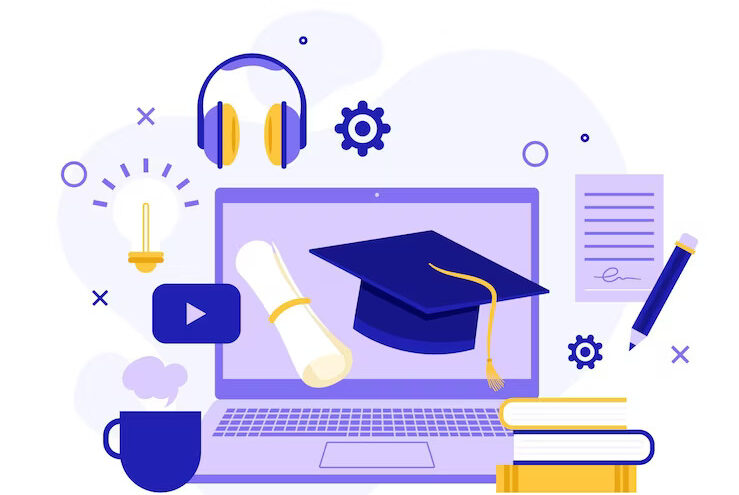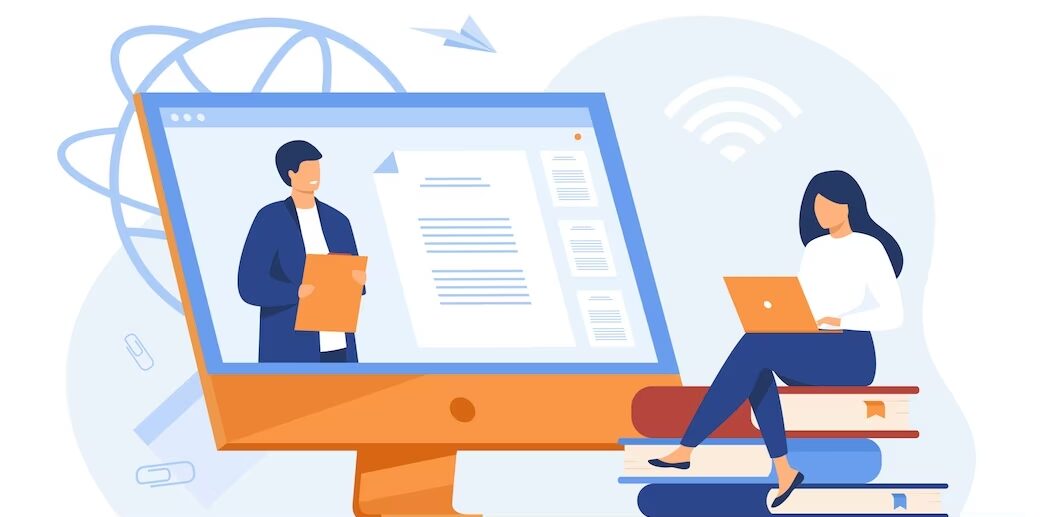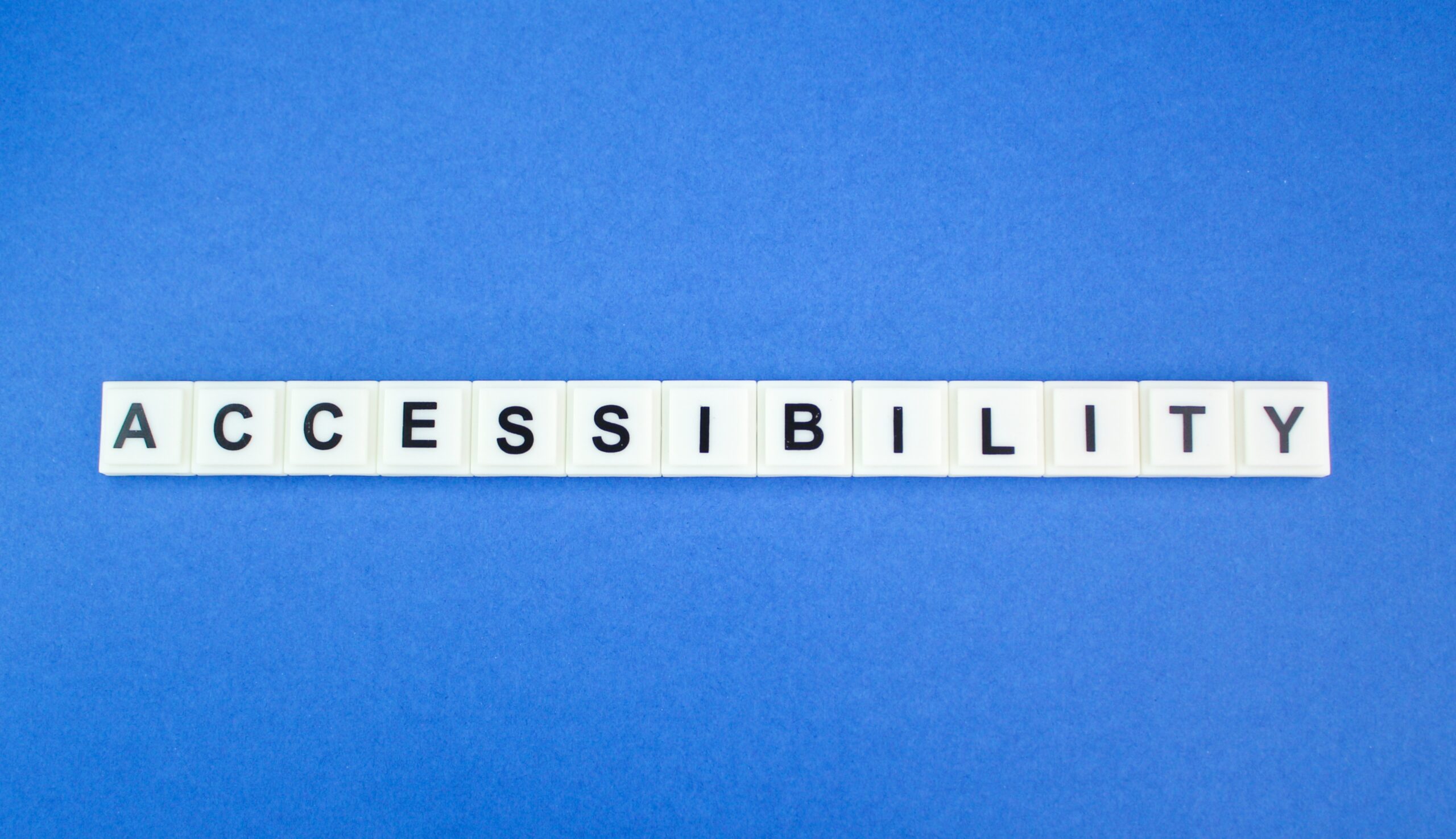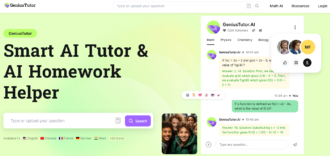Opening a New World of Opportunity: The Potential of Inclusive E-learning
- 1 The Potential of Inclusive E-learning
- 2 Essential Components of Inclusive E-learning
- 2.1 Accessible Content and Design:
- 2.2 Diverse Content Formats:
- 2.3 Flexible Delivery Modes:
- 2.4 Assessment and Evaluation:
- 2.5 Inclusive Communication:
- 2.6 Supportive Learning Environment:
- 2.7 Technology Accessibility:
- 2.8 Cultural Sensitivity and Diversity:
- 2.9 Feedback and Iteration:
- 2.10 Legal Compliance:
- 2.11 Technology: Enabler of Inclusive Learning
As the digital frontier of education continues to evolve, inclusive e-learning stands out for its potential and promise of an equitable learning environment for everyone. By ensuring that all learners, regardless of their individual challenges or abilities, can access and benefit from online education, companies like accessiBe are unlocking immeasurable opportunities for growth and development through their offers of services and solutions.
The Potential of Inclusive E-learning

The Business Case for Accessibility
As we move forward in the digital world, there’s a compelling business argument for accessible e-learning. With accessibility in place, e-learning platforms can tap into a broader audience, thereby increasing their reach. Additionally, accessible platforms often lead to enhanced user satisfaction, creating loyal and returning customers. Moreover, championing inclusion can significantly uplift a brand’s image, positioning it as socially responsible and forward-thinking in the ever-competitive e-learning market.
Overcoming Accessibility Challenges
The journey to creating an inclusive e-learning landscape isn’t without its roadblocks. E-learning providers often encounter challenges with software limitations that might not be inherently built for accessibility. Additionally, the financial investments required to make platforms accessible can be daunting. However, these caveats, while significant, must be addressed. The rewards of an inclusive e-learning environment — both in terms of societal impact and business outcomes — are too vast to be ignored.
Essential Components of Inclusive E-learning
Inclusive e-learning is designed to ensure that all learners, regardless of their background, abilities, or preferences, have equal access to educational opportunities and can engage effectively in the learning process. To create an inclusive e-learning environment, several essential components need to be considered and integrated.
These components can be categorized into different areas:
Accessible Content and Design:
Universal Design for Learning (UDL): UDL principles emphasize creating flexible learning materials that can be customized to meet the diverse needs of learners. This involves offering multiple means of representation, engagement, and expression.
Web Accessibility Standards: Ensure that e-learning platforms and content adhere to accessibility standards, such as WCAG (Web Content Accessibility Guidelines), to make them usable by individuals with disabilities.
Diverse Content Formats:
Text, Audio, and Video: Provide content in various formats to accommodate different learning preferences. This includes text-based materials, audio recordings, and video presentations.
Transcripts and Captions: Include transcripts for audio content and captions for videos to assist learners with hearing impairments or those who prefer to read or review content.
Flexible Delivery Modes:
Synchronous and Asynchronous Learning: Offer both synchronous (real-time) and asynchronous (self-paced) learning opportunities to accommodate various schedules and time zones.
Mobile-Friendly Content: Ensure that e-learning materials are accessible on a range of devices, including smartphones and tablets.
Assessment and Evaluation:
Diverse Assessment Methods: Use a variety of assessment methods to evaluate learner understanding and skills, such as quizzes, essays, discussions, and projects, to cater to different learning styles and abilities.
Alternative Assessments: Allow for alternative assessments for students who may not excel in traditional testing formats.
Inclusive Communication:
Clear and Concise Language: Use plain and easy-to-understand language in all communications and materials to accommodate learners with different language proficiency levels.
Communication Options: Provide multiple channels for communication, including discussion forums, email, and live chat, to support various learning preferences.
Supportive Learning Environment:
Peer and Instructor Interaction: Encourage interaction between learners and instructors, as well as among peers, to create a sense of community and support.
Mentoring and Support Services: Offer access to mentors, tutors, and support services for learners who may need additional assistance.
Technology Accessibility:
Device and Software Compatibility: Ensure that e-learning platforms and materials are compatible with a wide range of devices and assistive technologies.
Training and Support: Provide training and resources to help both instructors and learners navigate the e-learning environment effectively.
Cultural Sensitivity and Diversity:
Cultural Considerations: Acknowledge and respect cultural differences and incorporate diverse perspectives and content into the curriculum.
Global Accessibility: Make e-learning materials accessible to learners from different regions and backgrounds.
Feedback and Iteration:
Feedback Mechanisms: Establish feedback loops that allow learners to provide input and suggestions for improving the e-learning experience.
Continuous Improvement: Regularly assess and update the e-learning environment based on feedback and changing needs.
Legal Compliance:
Ensure that e-learning platforms adhere to legal requirements related to accessibility, data privacy, and intellectual property.
Creating an inclusive e-learning environment requires ongoing dedication and collaboration among educators, designers, administrators, and learners. By integrating these essential components, e-learning can become a more accessible and effective medium for education, reaching a broader and more diverse audience.
Technology: Enabler of Inclusive Learning

Technology has always been a harbinger of change, and in the realm of inclusive e-learning, its role is paramount. Traditional tools, like screen readers, have been instrumental in making content accessible. However, the recent surge in innovative solutions, especially AI-driven ones, is transformative. These technologies don’t just adapt content; they tailor the learning experience, ensuring that it’s personalized and meaningful for every single learner.
Inclusive e-learning isn’t a distant dream; it’s a tangible reality that’s within our grasp. By continuing to drive technology and prioritizing web accessibility, we can unlock a world of potential, where every individual can learn, grow, and thrive in the world.

















